Construction teams are under pressure to deliver faster projects with fewer workers while meeting stricter safety and emission standards. That situation has driven rapid interest in autonomous construction equipment on job sites worldwide. In 2023, this market reached $12.72 billion, and it’s projected to grow to $27.61 billion by 2032, with a compound annual growth rate (CAGR) of 8.99%. Machines such as semi-autonomous excavators and fully driverless haul trucks are moving from pilot programs to daily operation in mining, roadwork, and urban builds. Heavy construction brands like Caterpillar, Komatsu, Volvo, Hitachi, and SANY are investing in autonomy to tackle labor shortages, lower risk, and improve pace.
In this article, we’re going to cover what’s unfolding in the fast-growing autonomous construction equipment sector including market trends, key drivers behind the growth, and the types of autonomous construction equipment being used today.
Quick look
- The autonomous construction equipment market reached $12.72 billion in 2023 and is expected to double by 2032, reaching $27.61 billion at 8.99% CAGR.
- Demand stems from skilled labor shortages, safety concerns, productivity targets, and emission mandates.
- North America leads deployment; Asia‑Pacific (China, Japan, South Korea) is expanding fastest.
- Excavators, dozers, haul trucks, and loaders account for most autonomous machine rollouts.
- Most systems today are semi-autonomous; fully uncrewed units are gaining traction in mining environments.
Market size and growth trends
The autonomous construction equipment segment has grown swiftly, rising from $12.72 billion in 2023 to a forecasted $27.61 billion by 2032, translating to an 8.99% CAGR. That growth spans retrofitted earthmovers, built-in semi-autonomous systems, and increasingly capable fully driverless machines. Investment in AI vision, lidar, GPS, and telematics has accelerated reliability and lowered cost barriers. This momentum is strongest in modules handling repetitive tasks—such as digging, hauling, and grading—as machines can operate around the clock more precisely than manual crews.
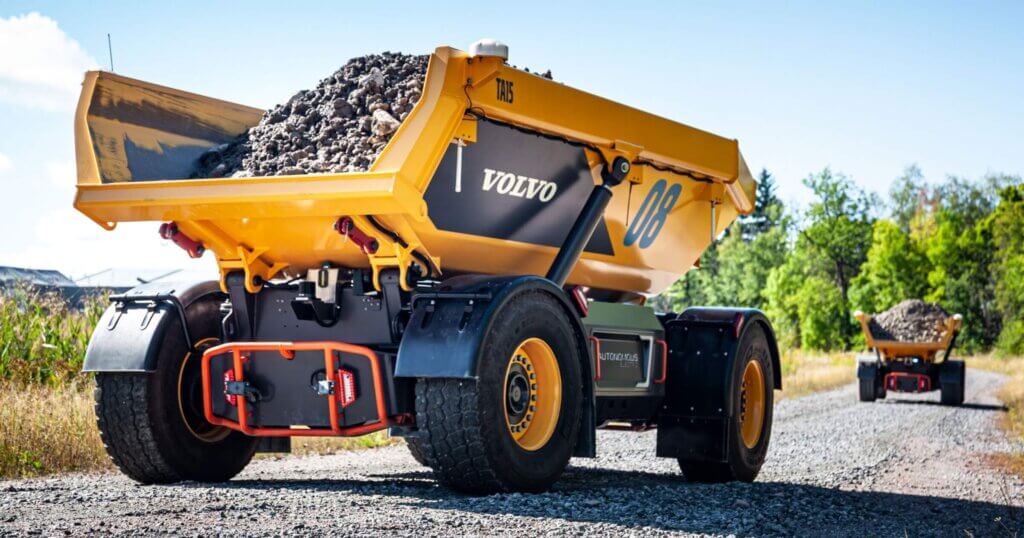
Photo courtesy of https://www.volvoce.com/
Regional outlook
- North America claims the largest share of the current market—over 38% in 2023—with heavy use in U.S. mining, highway jobs, and energy infrastructure. The Cortex of autonomy features robust public spending and early adopter contractors.
- Asia‑Pacific is the fastest-growing region, with growth powered by infrastructure-heavy nations like China, India, Japan, and South Korea. Massive urbanization and workforce gaps have pushed adoption, especially in smart-city builds and large-scale highway expansion.
- Europe is rolling out autonomous equipment more gradually due to stricter safety rules. Germany, the UK, and France subcontract greenfield projects that prefer autonomous loaders and dozers with electric or hybrid powertrains.
- Notable regions including Latin America, the Middle East, and Africa are adopting autonomy in mining and linear projects. These areas gain the most where human presence is risky or workforce challenges are most severe.
Key drivers behind the market growth
Labor shortages and rising costs
More than 60% of construction firms report difficulty finding skilled operators, creating bottlenecks that delay projects and increase expenses. Autonomous machines help address these challenges by maintaining steady output even when crews are short or unavailable. These machines convert earthmoving and material handling into data-driven tasks that require fewer onsite personnel. Companies can control labor costs and mitigate scheduling risks by reducing reliance on human operators.
Additionally, autonomous equipment can help fill gaps caused by workforce shortages in remote or hazardous locations where recruiting skilled labor is even tougher. This shift also allows experienced workers to focus on complex tasks while machines handle repetitive operations. As labor markets tighten, integrating autonomy becomes a practical solution for staying on track and managing budgets.
Safety demands
Operating machinery remotely significantly cuts worker exposure in hazardous zones such as dust-heavy sites, steep slopes, or confined spaces where accidents are more likely. Autonomous systems equipped with collision avoidance sensors, cameras, and telematics help prevent incidents by alerting operators or halting operations when obstacles are detected. This technology reduces the number of lost-time injuries, which can be financially and reputationally costly for contractors.
Pressure on productivity
Autonomous construction equipment can operate continuously around the clock without breaks and minimal performance variability. This eliminates downtime caused by shift changes and operator fatigue, or inconsistent skill levels, both of which impact productivity. By using autonomous construction equipment, contractors gain tighter control over schedules allowing them to complete projects faster with fewer delays. The consistent pace also enables more accurate bidding and planning, helping contractors compete in tight markets.
Emission regulations
Automated electric and hybrid construction machines align well with tightening emission standards in Europe and North America. Governments and cities increasingly restrict noise and carbon emissions near urban centers, airports, and sensitive ecosystems. Quiet, zero-emission equipment helps contractors meet these regulations while reducing the need for costly mitigation measures such as dust suppression or noise barriers.
Electric autonomous machines also lower fuel costs and maintenance requirements, improving long-term savings. Their adoption supports corporate sustainability goals and helps companies win public project approval. As battery and charging technologies improve, these machines become more practical for extended site operations.
Technology breakthroughs
Recent advances in lidar, AI-powered vision systems, GNSS Real-Time Kinematic (RTK) positioning, and fleet management software have brought autonomous construction equipment closer to mainstream use.
Startups like Built Robotics and SafeAI retrofit existing machinery with autonomy kits, making it accessible for companies hesitant to replace entire fleets. Meanwhile, original equipment manufacturers (OEMs) such as Caterpillar and Komatsu build autonomy capabilities directly into new models, improving integration and reliability.
Smarter obstacle detection allows machines to navigate complex environments with fewer errors. Another great example of technology use in these machines is predictive maintenance. Predictive maintenance uses sensor data to detect issues before breakdowns occur, reducing costly downtime.
Types of autonomous construction equipment being used today
Excavators
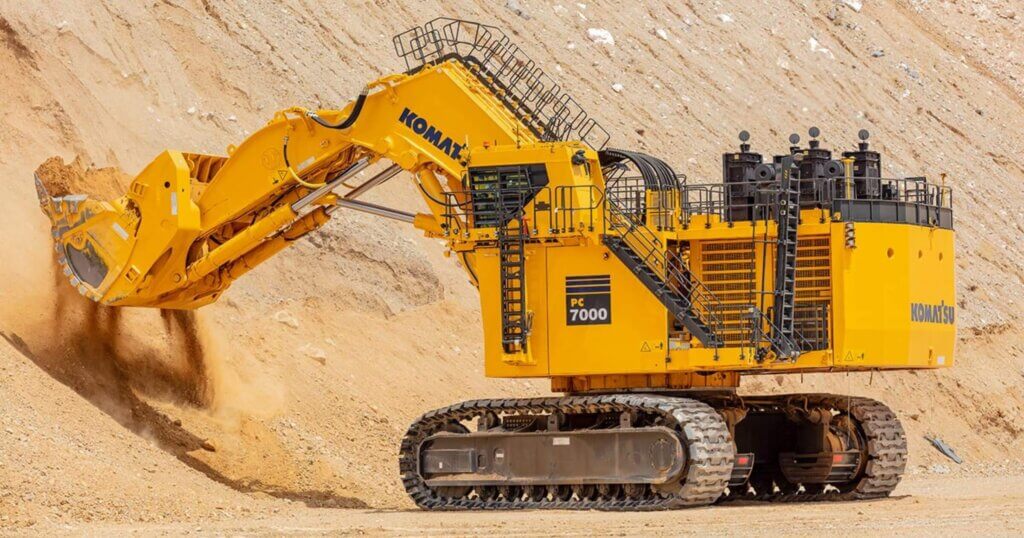
Photo courtesy of https://www.komatsu.com/
Autonomous excavators are transforming how trenching, digging, and material loading are handled on job sites. These machines use a combination of GPS guidance, machine vision, and motion sensors to perform tasks with minimal input from operators. Systems can map terrain, plan dig paths, and adjust in real time to soil resistance or obstructions. Komatsu and Caterpillar offer semi-autonomous models that can dig to specific depths or follow a preset design profile with high accuracy. This helps reduce operator error, fatigue, and variability between shifts.
As tech improves, fully autonomous excavators are being tested on large-scale earthmoving projects, where machines handle repetitive trenching or loading with remote oversight. For construction teams, this means faster dig cycles, reduced labor needs, and the ability to run equipment longer without constant human supervision.
Bulldozers
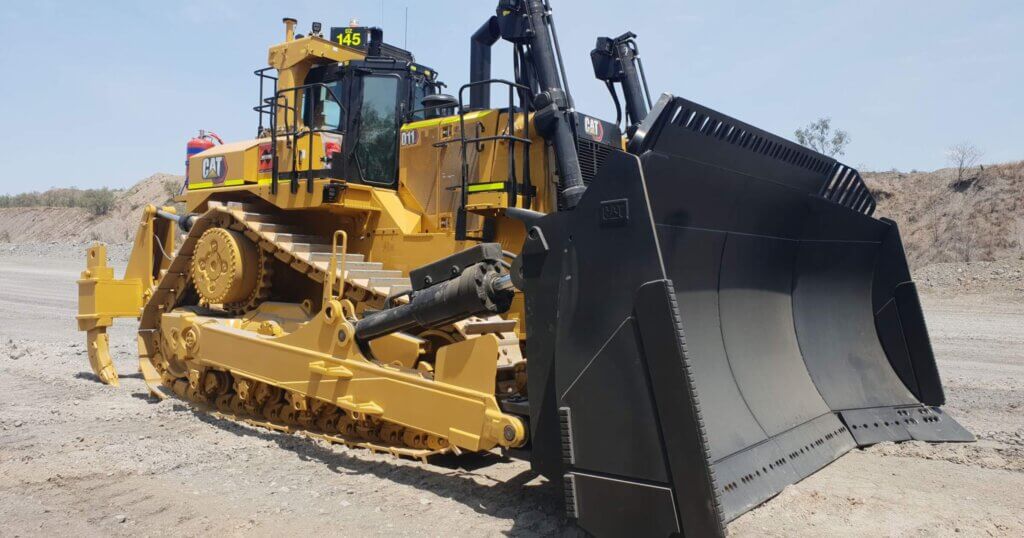
Photo courtesy of https://www.cat.com/
Autonomous bulldozers use auto-grade systems powered by GPS, gyroscopes, and laser sensors to control blade angle, depth, and pitch during grading operations. This results in smoother finishes and tighter adherence to site plans. For example, Caterpillar’s Cat Command system allows operators to run dozers remotely or set them to follow automated grading paths.
Tests have shown that these systems can cut average blade depth variation by up to 30%, reducing material overuse and limiting the need for rework. Operators can manage multiple dozers from a safe distance or control the machine from an off-site station, which also helps in hazardous or remote job sites. This boosts grading speed and accuracy for teams while minimizing fatigue and maximizing safety.
Haul trucks
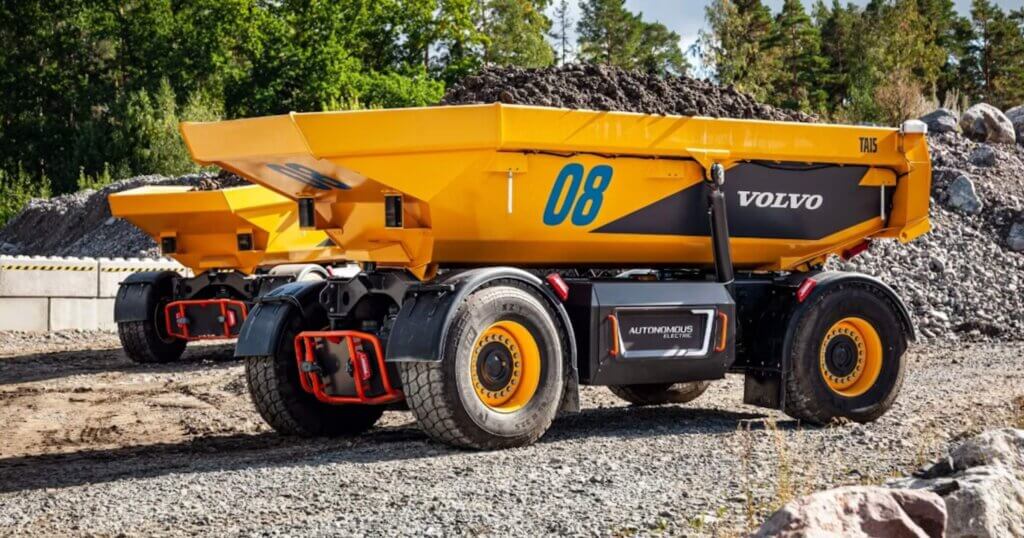
Photo courtesy of https://www.volvoce.com/
Autonomous haul trucks are already widely used in mining and are beginning to appear in large-scale earthmoving and infrastructure projects. These trucks operate without drivers, using lidar, GPS, onboard radar, and vehicle-to-everything (V2X) communication to detect obstacles, follow routes, and coordinate with other machines. Komatsu’s FrontRunner system is one of the most advanced, having moved billions of tons of material in autonomous mode.
The trucks can manage uphill and downhill grades, reverse into loading positions, and unload without human input. This reduces the need for a full crew of drivers and allows operations to continue 24/7. For construction and mining teams, this means fewer delays, improved safety, and lower labor costs.
Loaders
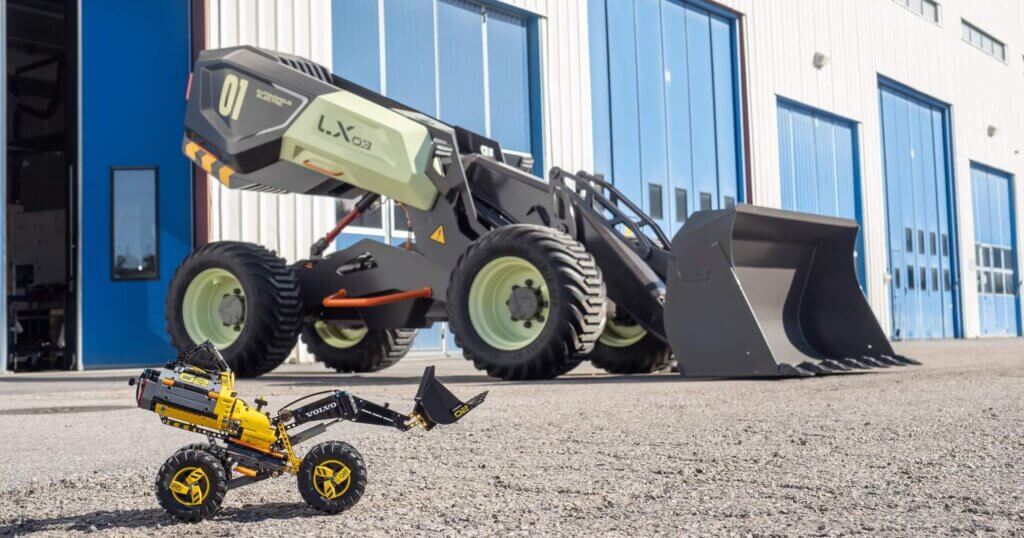
Photo courtesy of https://www.volvoce.com/
Fully autonomous loaders are being trialed for repetitive loading tasks in stockyards, quarries, and recycling facilities. Volvo CE’s LX03 prototype is a battery-electric loader capable of self-guided scooping, dumping, and travel cycles. It uses onboard sensors, cameras, and a self-learning system to navigate, assess material piles, and optimize load cycles. Once programmed, the machine can repeat tasks consistently with minimal human involvement, making it ideal for high-volume, repetitive work.
Since these machines can operate longer hours without breaks and the need for a cabin operator, they improve material handling speed and lower fatigue-related slowdowns. Construction teams benefit by reallocating skilled workers to more technical tasks while loaders handle the heavy lifting on their own.
Compact units & trenchers
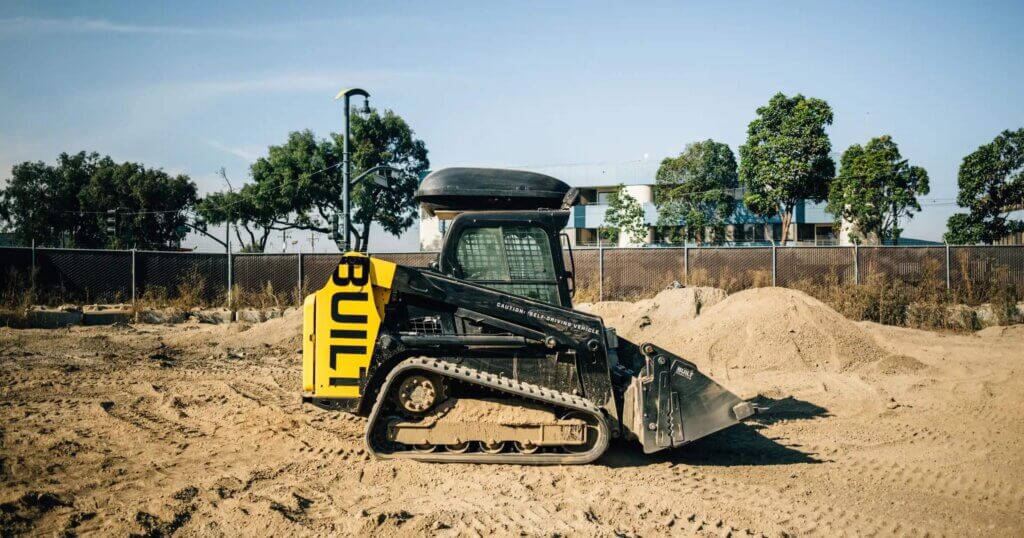
Photo courtesy of https://www.builtrobotics.com/
Compact machines like skid steers, trenchers, and mini-excavators are gaining autonomy through retrofit kits and remote control platforms. Built Robotics offers bolt-on autonomy kits that can be installed on existing machines, adding GPS control, motion sensors, and automation software. These systems allow trenchers to follow exact dig paths, stop automatically for obstructions, and even check against design blueprints.
Operators can supervise or control multiple machines remotely, reducing the need for multiple crew members in tight or hazardous work zones. This level of precision is especially useful in utility work, cable trenching, and fiber-optic installation. For contractors, autonomy in compact equipment reduces labor intensity, increases speed, and limits costly trenching errors.
Different types of autonomy levels
- Semi-autonomous systems are most common. Here, machines perform programmed tasks like digging, grading, loading but require human supervision. Operators inspect readiness and step in if issues arise. These systems cost less and fit more easily into existing jobsite workflows.
- Fully autonomous systems work unattended. They plan, reroute, dock, and adapt routes without operator input, which is especially reliable in mining or closed environments. The barrier now is integration into urban sites and scaling remote monitoring across multiple machines.
Main challenges slowing adoption of autonomous construction equipment
- High upfront costs: Advanced kits and full autonomy solutions come with high price tags, which few smaller firms can absorb early.
- Training and hiring: Sites must train workers in GPS, AI monitoring, and telematics—skills many crews don’t yet have.
- Regulation and liability: OSHA, EU, and national frameworks still give grey areas around who’s responsible in accidents involving unmanned machines.
- Connectivity needs: Autonomy demands high-bandwidth coverage for real-time control. Remote or underground jobs often lack that.
- Workforce resistance: Crews may fear job loss or distrust machines, requiring trust-building steps.
Final thoughts
Autonomous construction equipment has graduated from “experimental” to “operational.” Driverless haul trucks, GPS-driven dozers, and AI-powered loaders already operate in high-risk or backbreaking zones. For contractors coping with labor shortages and tight schedules, autonomy isn’t optional—it’s becoming necessary.
Want to track the latest trials, regulations, or truck rollouts? Subscribe to our newsletter at underthehardhat.org/join‑us to stay informed about the tools reshaping construction.
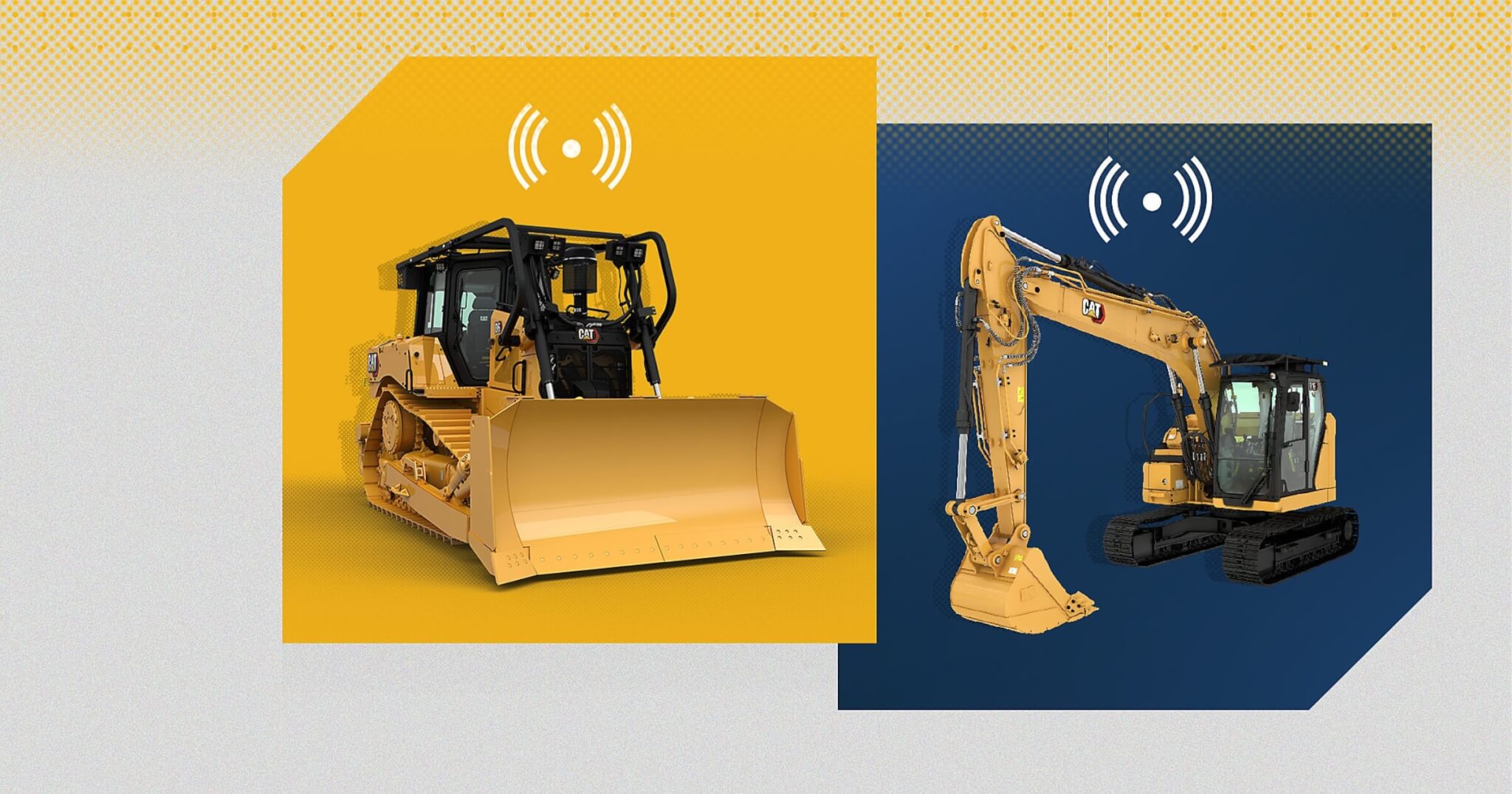


1 comment